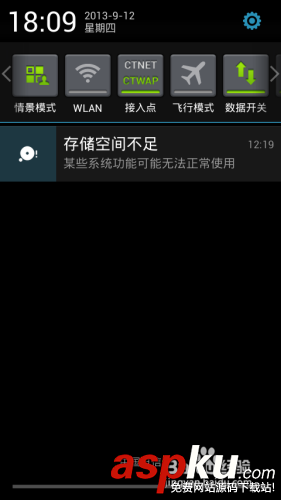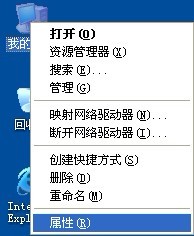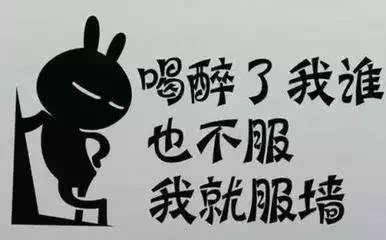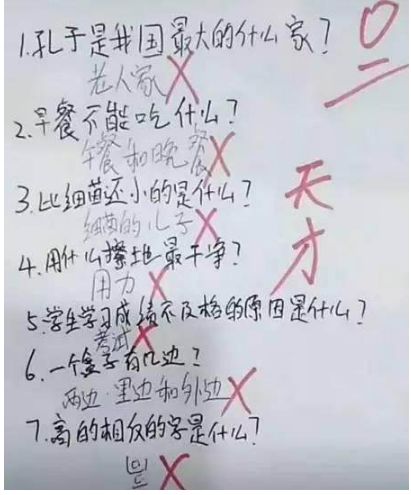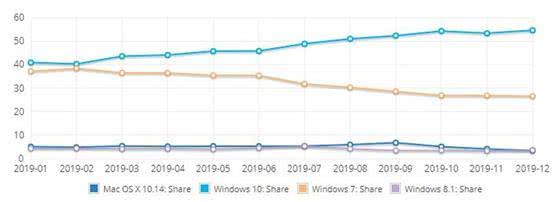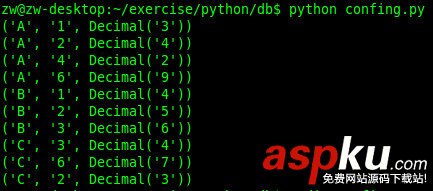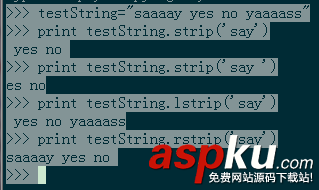開始之前當然要導入模塊啦:
>>> import pymongo
下一步,必須本地mongodb服務器的安裝和啟動已經完成,才能繼續下去。
建立于MongoClient 的連接:
client = MongoClient('localhost', 27017)# 或者client = MongoClient('mongodb://localhost:27017/') 得到數據庫:
>>> db = client.test_database# 或者>>> db = client['test-database']
得到一個數據集合:
collection = db.test_collection# 或者collection = db['test-collection']
MongoDB中的數據使用的是類似Json風格的文檔:
>>> import datetime>>> post = {"author": "Mike",... "text": "My first blog post!",... "tags": ["mongodb", "python", "pymongo"],... "date": datetime.datetime.utcnow()} 插入一個文檔:
>>> posts = db.posts>>> post_id = posts.insert_one(post).inserted_id>>> post_idObjectId('...') 找一條數據:
>>> posts.find_one(){u'date': datetime.datetime(...), u'text': u'My first blog post!', u'_id': ObjectId('...'), u'author': u'Mike', u'tags': [u'mongodb', u'python', u'pymongo']}>>> posts.find_one({"author": "Mike"}){u'date': datetime.datetime(...), u'text': u'My first blog post!', u'_id': ObjectId('...'), u'author': u'Mike', u'tags': [u'mongodb', u'python', u'pymongo']}>>> posts.find_one({"author": "Eliot"})>>> 通過ObjectId來查找:
>>> post_idObjectId(...)>>> posts.find_one({"_id": post_id}){u'date': datetime.datetime(...), u'text': u'My first blog post!', u'_id': ObjectId('...'), u'author': u'Mike', u'tags': [u'mongodb', u'python', u'pymongo']} 不要轉化ObjectId的類型為String:
>>> post_id_as_str = str(post_id)>>> posts.find_one({"_id": post_id_as_str}) # No result>>> 如果你有一個post_id字符串,怎么辦呢?
from bson.objectid import ObjectId# The web framework gets post_id from the URL and passes it as a stringdef get(post_id): # Convert from string to ObjectId: document = client.db.collection.find_one({'_id': ObjectId(post_id)}) 多條插入:
>>> new_posts = [{"author": "Mike",... "text": "Another post!",... "tags": ["bulk", "insert"],... "date": datetime.datetime(2009, 11, 12, 11, 14)},... {"author": "Eliot",... "title": "MongoDB is fun",... "text": "and pretty easy too!",... "date": datetime.datetime(2009, 11, 10, 10, 45)}]>>> result = posts.insert_many(new_posts)>>> result.inserted_ids[ObjectId('...'), ObjectId('...')] 查找多條數據:
>>> for post in posts.find():... post...{u'date': datetime.datetime(...), u'text': u'My first blog post!', u'_id': ObjectId('...'), u'author': u'Mike', u'tags': [u'mongodb', u'python', u'pymongo']}{u'date': datetime.datetime(2009, 11, 12, 11, 14), u'text': u'Another post!', u'_id': ObjectId('...'), u'author': u'Mike', u'tags': [u'bulk', u'insert']}{u'date': datetime.datetime(2009, 11, 10, 10, 45), u'text': u'and pretty easy too!', u'_id': ObjectId('...'), u'author': u'Eliot', u'title': u'MongoDB is fun'} 當然也可以約束查找條件:
>>> for post in posts.find({"author": "Mike"}):... post...{u'date': datetime.datetime(...), u'text': u'My first blog post!', u'_id': ObjectId('...'), u'author': u'Mike', u'tags': [u'mongodb', u'python', u'pymongo']}{u'date': datetime.datetime(2009, 11, 12, 11, 14), u'text': u'Another post!', u'_id': ObjectId('...'), u'author': u'Mike', u'tags': [u'bulk', u'insert']} 獲取集合的數據條數:
>>> posts.count()
或者說滿足某種查找條件的數據條數:
>>> posts.find({"author": "Mike"}).count() 范圍查找,比如說時間范圍:
>>> d = datetime.datetime(2009, 11, 12, 12)>>> for post in posts.find({"date": {"$lt": d}}).sort("author"):... print post...{u'date': datetime.datetime(2009, 11, 10, 10, 45), u'text': u'and pretty easy too!', u'_id': ObjectId('...'), u'author': u'Eliot', u'title': u'MongoDB is fun'}{u'date': datetime.datetime(2009, 11, 12, 11, 14), u'text': u'Another post!', u'_id': ObjectId('...'), u'author': u'Mike', u'tags': [u'bulk', u'insert']} $lt是小于的意思。
如何建立索引呢?比如說下面這個查找:
>>> posts.find({"date": {"$lt": d}}).sort("author").explain()["cursor"]u'BasicCursor'>>> posts.find({"date": {"$lt": d}}).sort("author").explain()["nscanned"] 建立索引:
>>> from pymongo import ASCENDING, DESCENDING>>> posts.create_index([("date", DESCENDING), ("author", ASCENDING)])u'date_-1_author_1'>>> posts.find({"date": {"$lt": d}}).sort("author").explain()["cursor"]u'BtreeCursor date_-1_author_1'>>> posts.find({"date": {"$lt": d}}).sort("author").explain()["nscanned"] 連接聚集
>>> account = db.Account#或 >>> account = db["Account"]
查看全部聚集名稱
>>> db.collection_names()
查看聚集的一條記錄
>>> db.Account.find_one() >>> db.Account.find_one({"UserName":"keyword"})
查看聚集的字段
>>> db.Account.find_one({},{"UserName":1,"Email":1}){u'UserName': u'libing', u'_id': ObjectId('4ded95c3b7780a774a099b7c'), u'Email': u'libing@35.cn'} >>> db.Account.find_one({},{"UserName":1,"Email":1,"_id":0}){u'UserName': u'libing', u'Email': u'libing@35.cn'}
查看聚集的多條記錄
>>> for item in db.Account.find(): item >>> for item in db.Account.find({"UserName":"libing"}): item["UserName"]
查看聚集的記錄統計
>>> db.Account.find().count() >>> db.Account.find({"UserName":"keyword"}).count()
聚集查詢結果排序
>>> db.Account.find().sort("UserName") #默認為升序>>> db.Account.find().sort("UserName",pymongo.ASCENDING) #升序>>> db.Account.find().sort("UserName",pymongo.DESCENDING) #降序
聚集查詢結果多列排序
>>> db.Account.find().sort([("UserName",pymongo.ASCENDING),("Email",pymongo.DESCENDING)])
添加記錄
>>> db.Account.insert({"AccountID":21,"UserName":"libing"})
修改記錄
>>> db.Account.update({"UserName":"libing"},{"$set":{"Email":"libing@126.com","Password":"123"}})
刪除記錄
>>> db.Account.remove() -- 全部刪除 >>> db.Test.remove({"UserName":"keyword"}) 